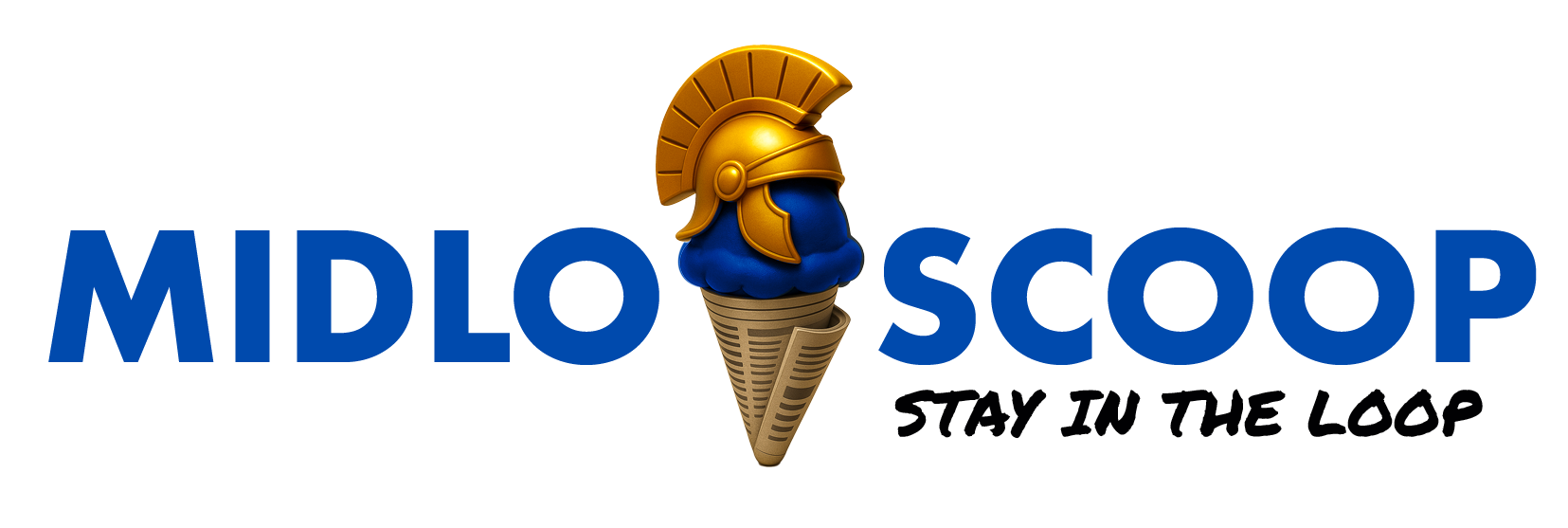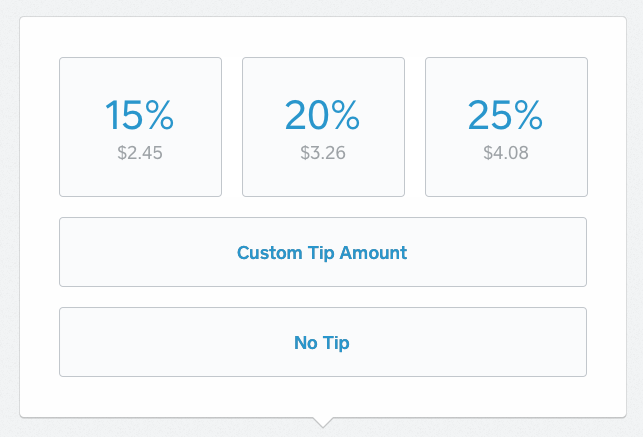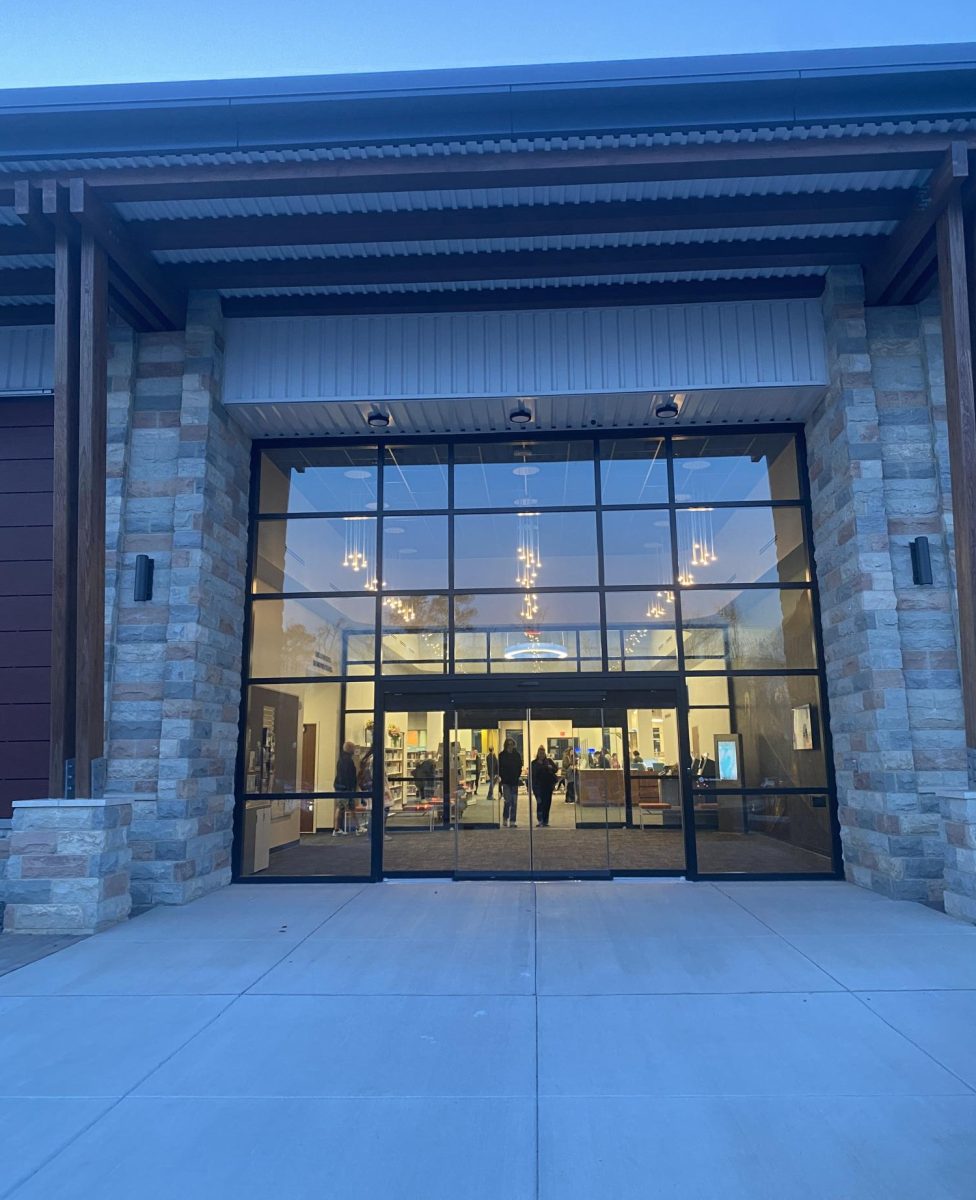You just ordered your eight dollar venti latte with 4 shots of espresso, 2 pumps of sugar-free vanilla syrup, 3 pumps of chai syrup, and 5 pumps of pumpkin syrup at the local Starbucks and are about to pay for it, when all of a sudden the screen turns to something we are all to familiar with. The tipping screen. Will you leave 15%, 20%, 25%, or no tip?
Tipping, the act of giving an amount of money to someone who has provided a service, has spiraled out of control in the recent months. What used to be a few extra dollars you gave someone for doing an exceptional job or going the extra mile; has now turned into someone doing their job, something they are already paid to do, and receiving a tip for it.
This tipping culture phenomenon is unfortunately not new to many customers. Customers of Starbucks, Dairy Queen, Moe’s, Urban Farmhouse, H&M, and many more places, have fallen victim to this multiple times; and most times leave it up to their morals to judge whether they should tip or not. However, many people just find the tipping screen down right aggravating as many are starting to experience tipping fatigue, and as a result tip less.
Many students even agree that tipping has gotten significantly worse, and that more places you would never tip at are now asking for tips. “I think tipping culture has gotten worse for sure. Sweet Frog is one of the weirdest places that I have been asked to leave at tip at. You do all the work yourself, they just check you out,” Karin Saunders, 12, said. Quin Weeks, 10, said “I have tipped 30% at Firebirds one time. I think tipping has gotten really out of hand in general, Moe’s is the weirdest place that has asked me for a tip,”.
Much of this tipping crisis can be traced back to the COVID pandemic when many people were tipping more generously to support industry workers who were struggling financially. Clearly this trend has continued to today. Now tipping has become so integrated in American culture that customers often times feel obligated to tip, even if the service was subpar or involved no actual work. Due to this there is now this expectation of gratuity no matter the quality of service.
Unsuprisingly, almost all businesses benefit from extreme tipping culture. As companies rely on tips it helps to offset labor cost, and close the gap for many below minimum wage paid employees. Which makes this the most appealing to businesses with thin profit margins. What does feel certain though is that tipping does not seem likely to leave anytime soon.








